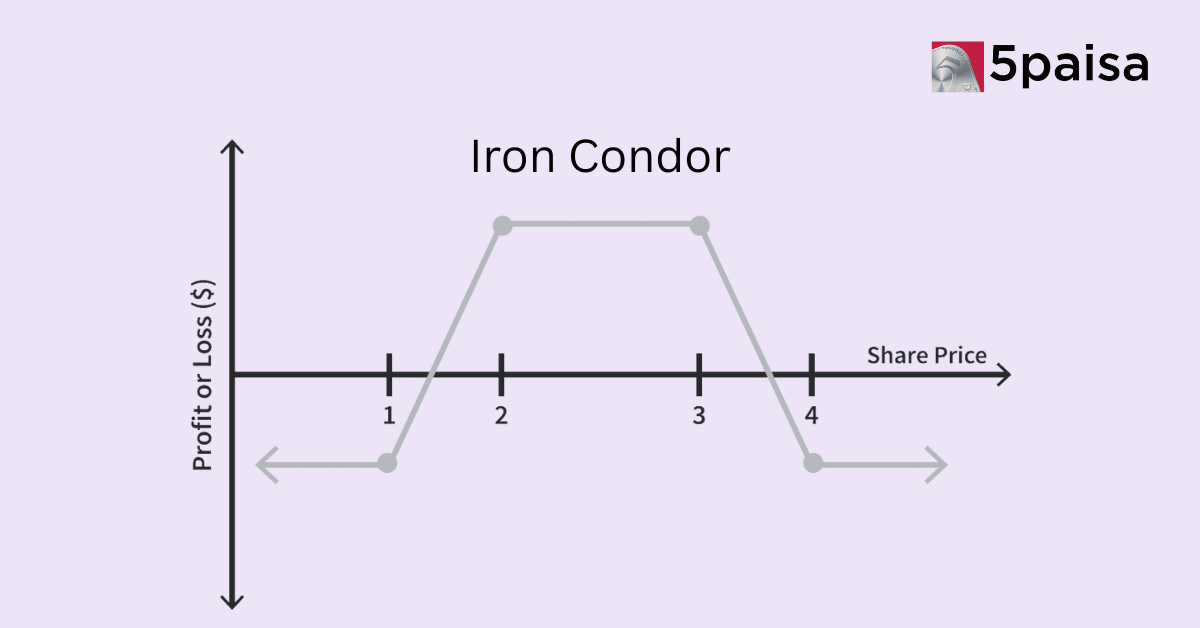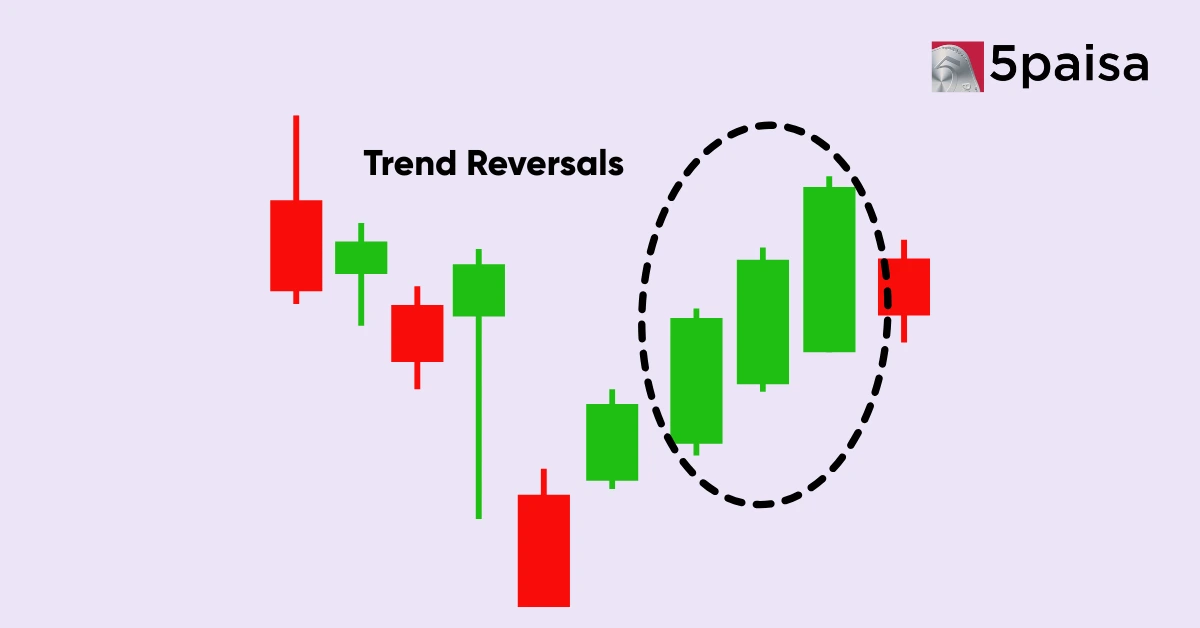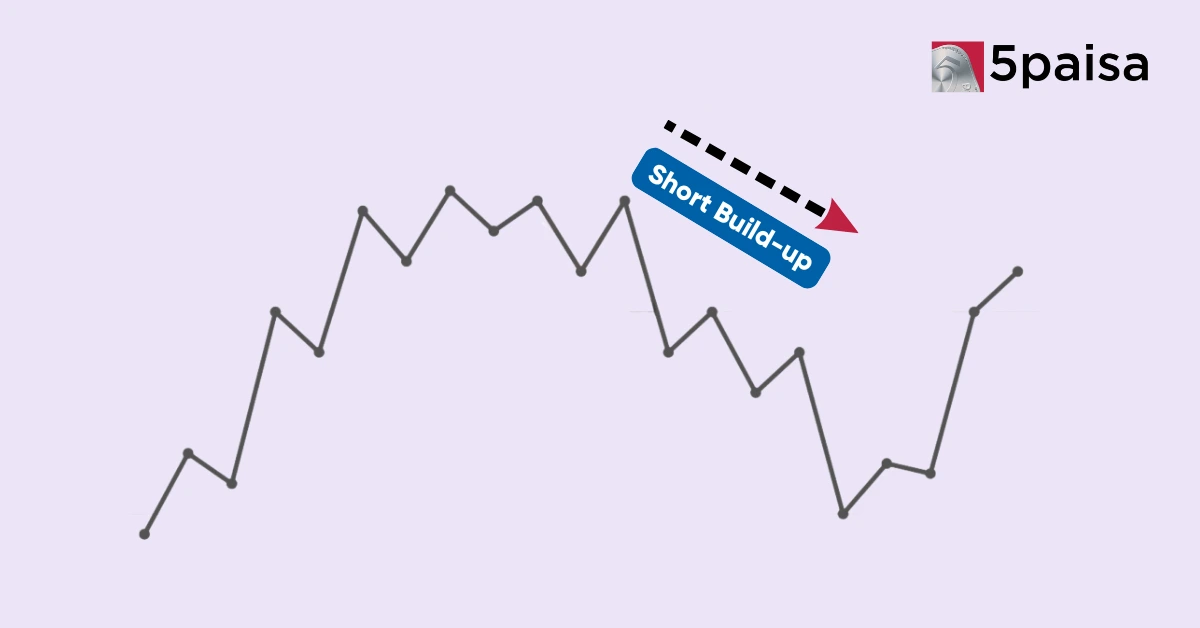Iron Condor with Weekly Expiries: Is It Worth the Risk?
NSE Updates Tick Sizes from April 15: Understanding the Latest Market Update

NSE Updates Tick Sizes from April 15: Understanding the Latest Market Update
The National Stock Exchange has announced that it will revise the tick sizes for indices, stocks and F&O contracts beginning April 15. These changes are based on the closing prices as of March 28.
Now, a tick size is nothing but the minimum price movement a security can move. For example, if the tick size is ₹0.05, a stock can move from ₹500.00 to ₹500.05 only. It cannot move from ₹500.00 to ₹500.03. Let’s take a look at the revised tick sizes and how it impacts traders:
Revised Tick Sizes for Stocks and Their Futures:
| Security Price (₹) | Previous Tick Size (₹) | Revised Tick Size (₹) |
| Below 250 | 0.01 | 0.01 (Unchanged) |
| 250 – 1,000 | 0.05 | 0.05 (Unchanged) |
| 1,000 – 5,000 | 0.05 | 0.10 |
| 5,000 – 10,000 | 0.05 | 0.50 |
| 10,000 – 20,000 | 0.05 | 1.00 |
| Above 20,000 | 0.05 | 5.00 |
Tick Sizes for Indices and Their Futures:
| Index Level | Previous Tick Size (₹) | Revised Tick Size (₹) |
| 0 – 15,000 | 0.05 | 0.05 (Unchanged) |
| 15,000 – 30,000 | 0.05 | 0.10 |
| Above 30,000 | 0.05 | 0.20 |
Why This Matters to Traders
The revision in tick sizes is more than just a technical adjustment as it can influence how orders are placed and how efficiently trades are executed:
- Liquidity Management: Smaller tick sizes are ideal for low-priced stocks as they allow finer price adjustments, while larger tick sizes are better for high-value stocks as it reduces volatility and maintains orderly pricing.
- Improved Price Discovery: Higher tick sizes may lead to more consolidated order books, reducing noise from frequent micro-movements.
- Market Stability: By scaling tick sizes according to price bands, NSE is aiming for better control over volatility and improved trade clarity.
Conclusion
Change in tick sizes may seem minor but they can have wide-reaching implications, especially for active traders and high-frequency strategies. Being aware of these updates and adjusting your trading systems accordingly may enhance precision and help you stay competitive in evolving market conditions.
Frequently Asked Questions
How Can I Calculate the Tick Size?
Can Stocks Trade Between Tick Sizes?
Why Do Traders Need to Pay Attention to Tick Size?
- Flat ₹20 Brokerage
- Next-gen Trading
- Advance Charting
- Actionable Ideas
Trending on 5paisa
Indian Stock Market Related Articles
Disclaimer: Investment in securities market are subject to market risks, read all the related documents carefully before investing. For detailed disclaimer please Click here.

 5paisa Research Team
5paisa Research Team
 5paisa Research Team
5paisa Research Team




